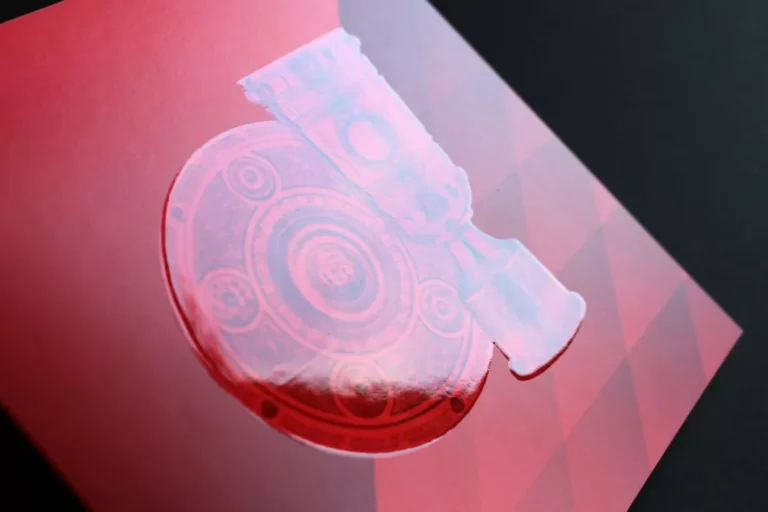Orange Discoloration on MacBook Pro Screen: Causes and Solutions
If you own a MacBook Pro, you probably expect a sharp, clean display every time you open the lid. However, some users have noticed an unusual issue—orange discoloration on MacBook Pro screen. This kind of screen problem can be confusing, especially if the device is still performing well in every other way. The strange color tint can make watching videos, editing photos, or even browsing the web unpleasant.
This article explores why orange discoloration on MacBook Pro screen occurs, the possible reasons behind it, and how you can handle it without unnecessary stress.
Understanding the Problem
The MacBook Pro display is designed with precision color calibration, but certain factors may interfere with that quality. When orange discoloration on MacBook Pro screen appears, it does not always mean the display is permanently damaged. Sometimes, it may be linked to temperature, pressure, or even internal hardware issues.
The first step is recognizing whether the discoloration is temporary or permanent. If it appears only when the screen is hot or under pressure, the issue might be reversible.
Common Causes of Orange Discoloration
1. Heat and Ventilation
Heat is one of the most common causes of orange discoloration on MacBook Pro screen. MacBook Pros generate heat during heavy use, such as video editing, gaming, or multitasking with multiple apps. When the device cannot dissipate this heat properly, the display may show unusual colors, including orange tints.
2. Positioning and Pressure
How you place your laptop also matters. Leaving your MacBook Pro on soft surfaces like beds, pillows, or carpets can block airflow. In addition, applying pressure on the lid or hinge can create localized orange discoloration on MacBook Pro screen. This usually appears as small patches or gradients near the edges.
3. Display Aging
Over time, display panels naturally degrade. If your device is several years old, the orange discoloration on MacBook Pro screen might be a sign of aging pixels or uneven backlight performance.
4. Software Settings
Sometimes, it’s not hardware at all. Features like Night Shift or True Tone can create warmer tones that may look like orange discoloration on MacBook Pro screen. Users who are not aware of these settings may mistake them for a defect.
5. Hardware or Cable Faults
The display is connected to the logic board through thin cables. If these cables are damaged or loose, they may cause color issues. In rare cases, internal hardware faults also lead to orange discoloration on MacBook Pro screen.
How to Identify the Type of Discoloration
Before rushing to repairs, it helps to test the situation. Here are a few simple steps:
- Restart your device – Sometimes temporary glitches resolve with a restart.
- Check display settings – Turn off Night Shift and True Tone to confirm if the color returns to normal.
- External monitor test – Connect your MacBook Pro to an external display. If the external screen looks fine, the issue is likely with the built-in display rather than graphics hardware.
- Observe the location – Is the orange discoloration on MacBook Pro screen in one spot or across the entire display? Localized patches often indicate pressure or aging, while widespread tint may relate to heat or settings.
Preventing Orange Discoloration
Maintain Proper Ventilation
Always place your laptop on a hard, flat surface. This allows the cooling system to work effectively and reduces the chance of orange discoloration on MacBook Pro screen caused by heat buildup.
Avoid Excessive Pressure
Be careful when closing the lid and avoid placing heavy objects on the laptop. Even slight pressure over time can cause permanent orange discoloration on MacBook Pro screen.
Regular Cleaning and Care
Dust and dirt inside the cooling system can increase internal temperature. Regular cleaning helps prevent heat-related issues that may lead to orange discoloration on MacBook Pro screen.
Monitor Settings
Check if Night Shift or color calibration is affecting your display. A warm tint is sometimes mistaken for orange discoloration on MacBook Pro screen. Adjusting display preferences can solve the problem instantly.
Fixing the Issue
If prevention hasn’t helped and the discoloration persists, there are a few possible solutions.
1. Resetting SMC and NVRAM
Sometimes system management settings can influence the display. Resetting the SMC (System Management Controller) or NVRAM can fix unexpected screen color issues, including orange discoloration on MacBook Pro screen.
2. Running Display Diagnostics
Apple provides built-in diagnostics. Running this test may identify if the orange discoloration on MacBook Pro screen is related to hardware failure.
3. Professional Repair
If the problem is due to backlight or cable damage, professional repair may be required. Apple technicians can determine whether the display panel itself needs replacement.
4. Replacement Option
In severe cases, the only permanent solution for orange discoloration on MacBook Pro screen is replacing the entire display. While this may be costly, it restores full color accuracy.
When to Seek Help
It’s important to know when you can handle the issue yourself and when professional help is necessary. If the orange discoloration on MacBook Pro screen is minor and temporary, adjusting settings or improving ventilation might be enough. But if the tint grows larger, becomes permanent, or affects usability, contacting Apple Support or an authorized service provider is the safer choice.
Final Thoughts
The orange discoloration on MacBook Pro screen can be frustrating, especially for users who rely on accurate color display for work or entertainment. While it may result from heat, positioning, or software settings, sometimes it points to deeper hardware issues. By maintaining good habits—such as ensuring proper airflow, avoiding pressure on the screen, and monitoring display settings—you can often reduce the chances of this problem.
If the discoloration persists, don’t ignore it. The earlier you diagnose and address the issue, the better the chances of saving your MacBook Pro display.
In the end, while orange discoloration on MacBook Pro screen is not always a permanent defect, it deserves attention to ensure your laptop continues to deliver the sharp and vibrant visuals it was designed for.



